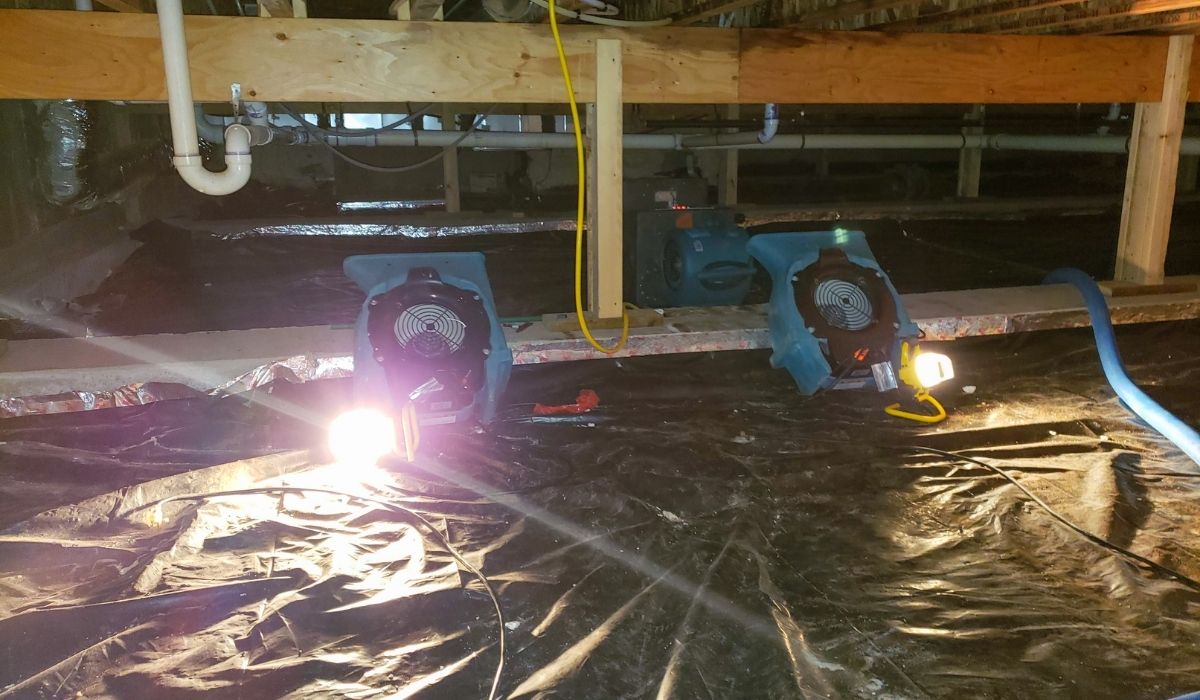How Long Does Flooding Take to Go Down? Essential Insights Explained
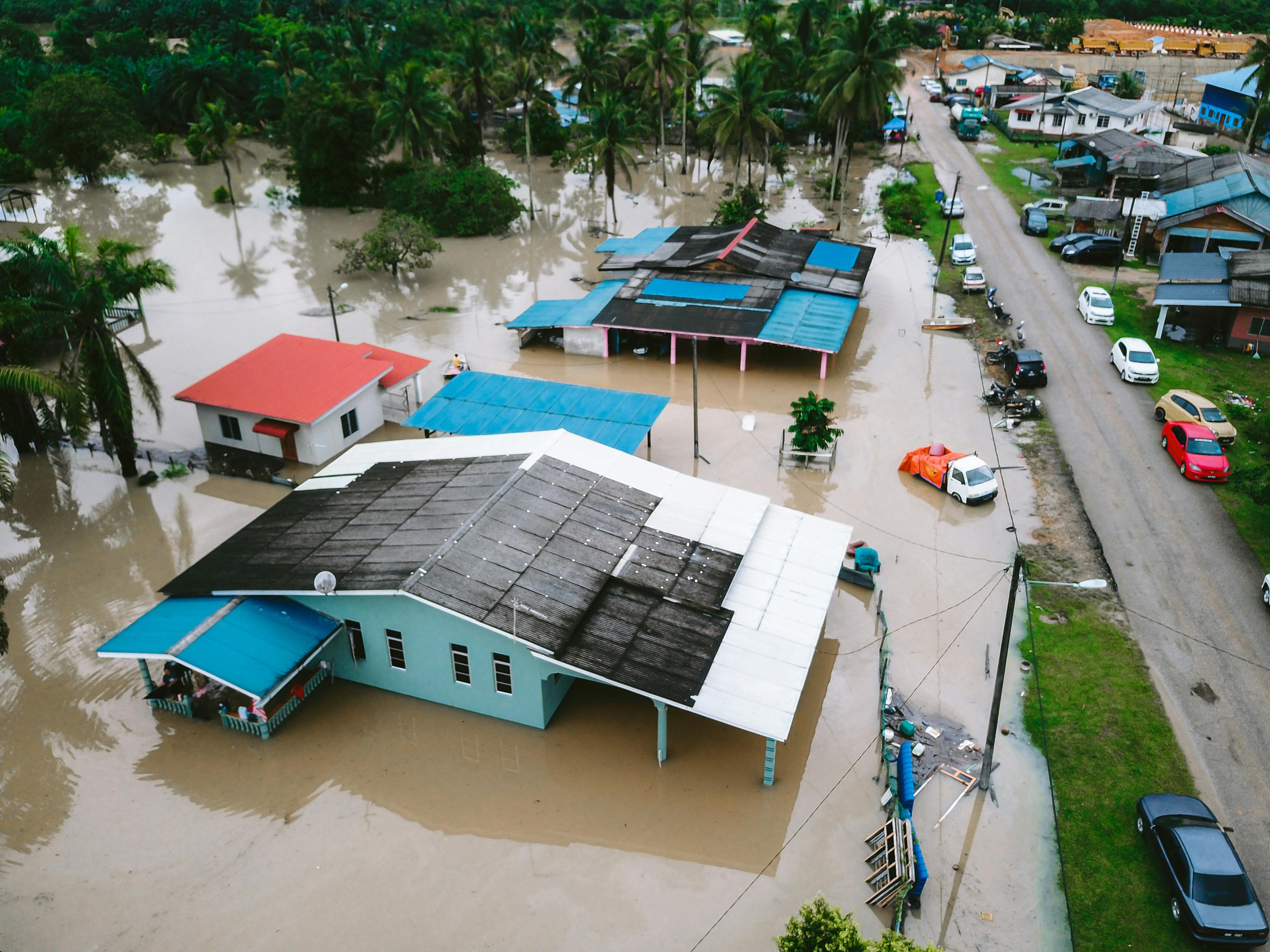
- December 18, 2024

Eric Allison
Eric Allison is a seasoned professional in property restoration, serving as the primary contact and founder of Preferred Restoration Services, LLC, based in Tustin, California. With a career spanning over two decades, Eric has developed extensive expertise in addressing fire, water, and mold damage, ensuring properties are restored to their pre-loss condition.
How Long Does Flooding Take to Go Down?
Flooding is a serious natural disaster that can disrupt lives and cause significant damage to property and infrastructure. Understanding how long flooding takes to subside can help you plan for recovery and ensure safety during such events.
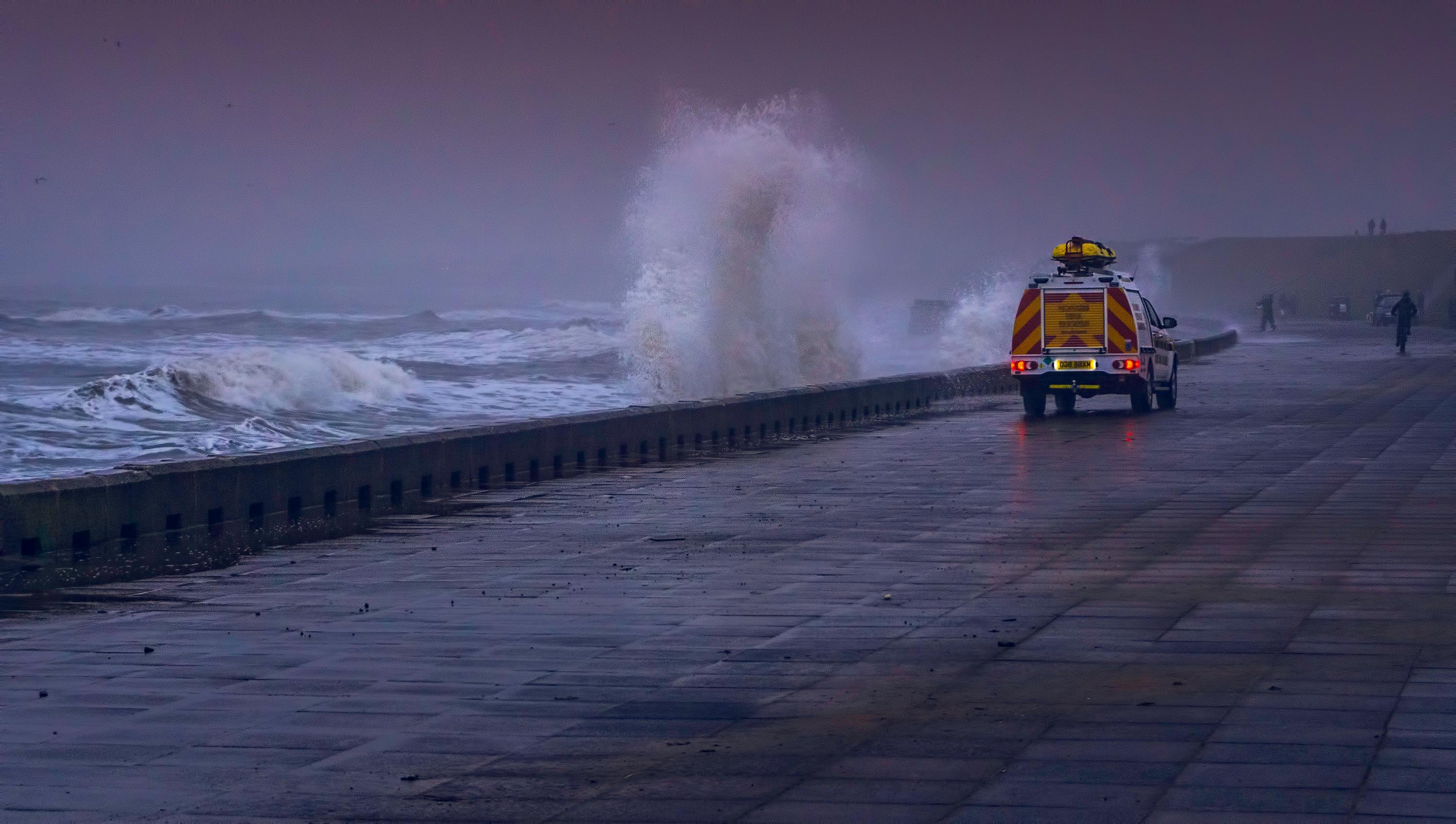
Factors Influencing How Long Flooding Lasts
1. Type of Flood
Flooding can take different forms, such as flash floods or river floods. Flash floods, caused by intense rainfall, tend to rise and fall quickly, often within a matter of hours. On the other hand, river floods may take days or even weeks to recede.
2. Amount of Rainfall
Heavy rainfall can contribute to prolonged flooding. When rain falls consistently over several hours or days, flood waters accumulate and take longer to drain.
3. Drainage Systems
Urban storm drains and natural flow systems influence how quickly water drains. Poor drainage in urban areas, such as parking lots and streets, can cause water to linger longer.
4. Terrain and Soil Type
Low lying areas and clayey soils retain more water, leading to prolonged flooding. In contrast, sandy soils allow water to drain more quickly.
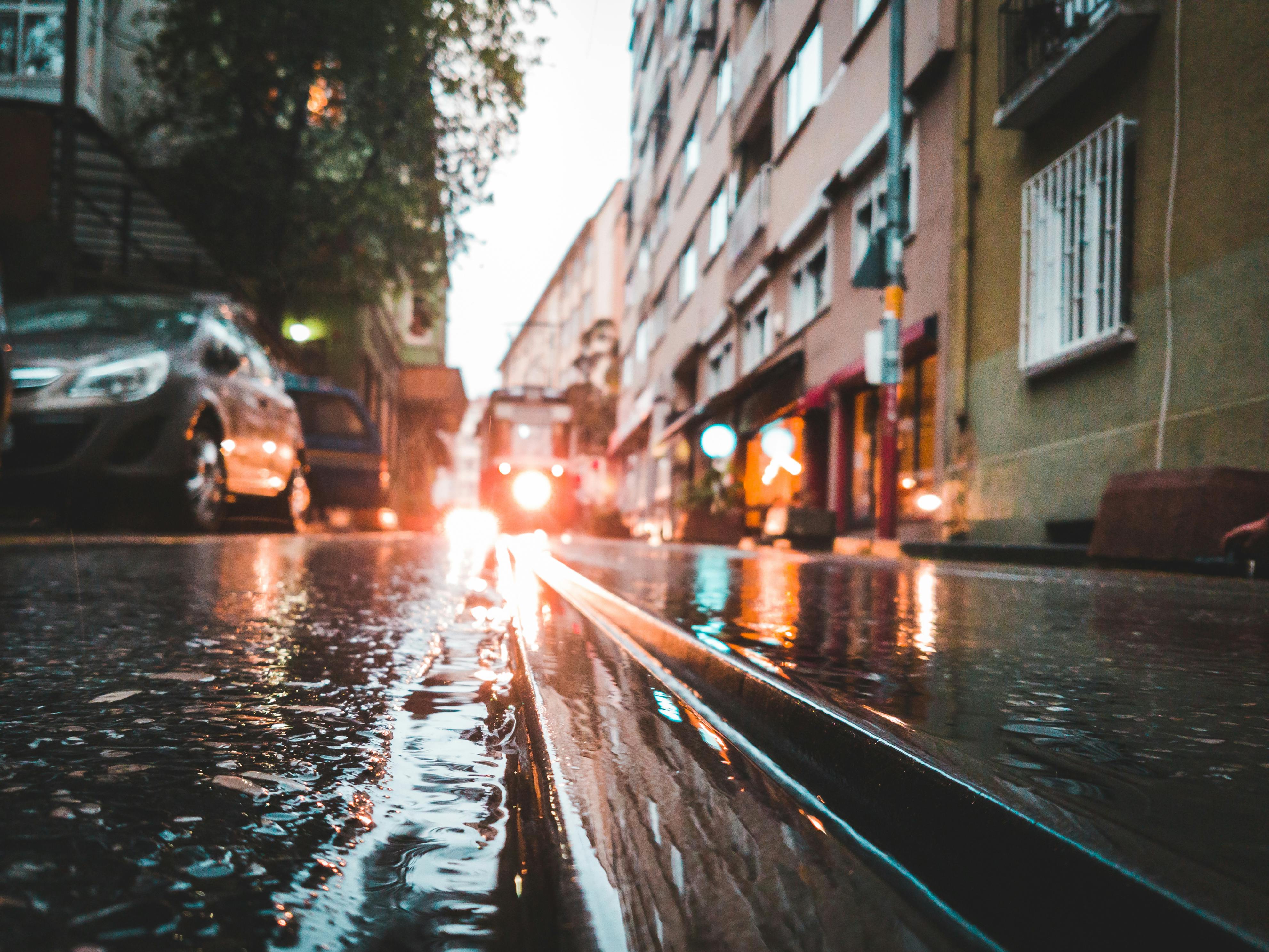
How Flash Floods Occur
Flash floods occur due to rapidly rising water from intense rainfall, heavy rains, or snow melt. These floods develop quickly, often without much warning, and can cause significant damage to buildings, land, and other structures.
In many cases, flash floods occur downstream of heavy rainfall or intense storms. Streams and small rivers can rise quickly, overwhelming their banks. Urban areas with poor drainage systems are especially vulnerable, as surface water has fewer places to flow. Clayey soils and impervious surfaces, such as asphalt in parking lots and roads, exacerbate the situation by preventing water from seeping into the ground.
Snow melt during high temperatures can also contribute to flash floods. When ice jam blockages break apart, the sudden release of water can inundate downstream areas within minutes. These events highlight the unpredictable and destructive nature of flash flooding.
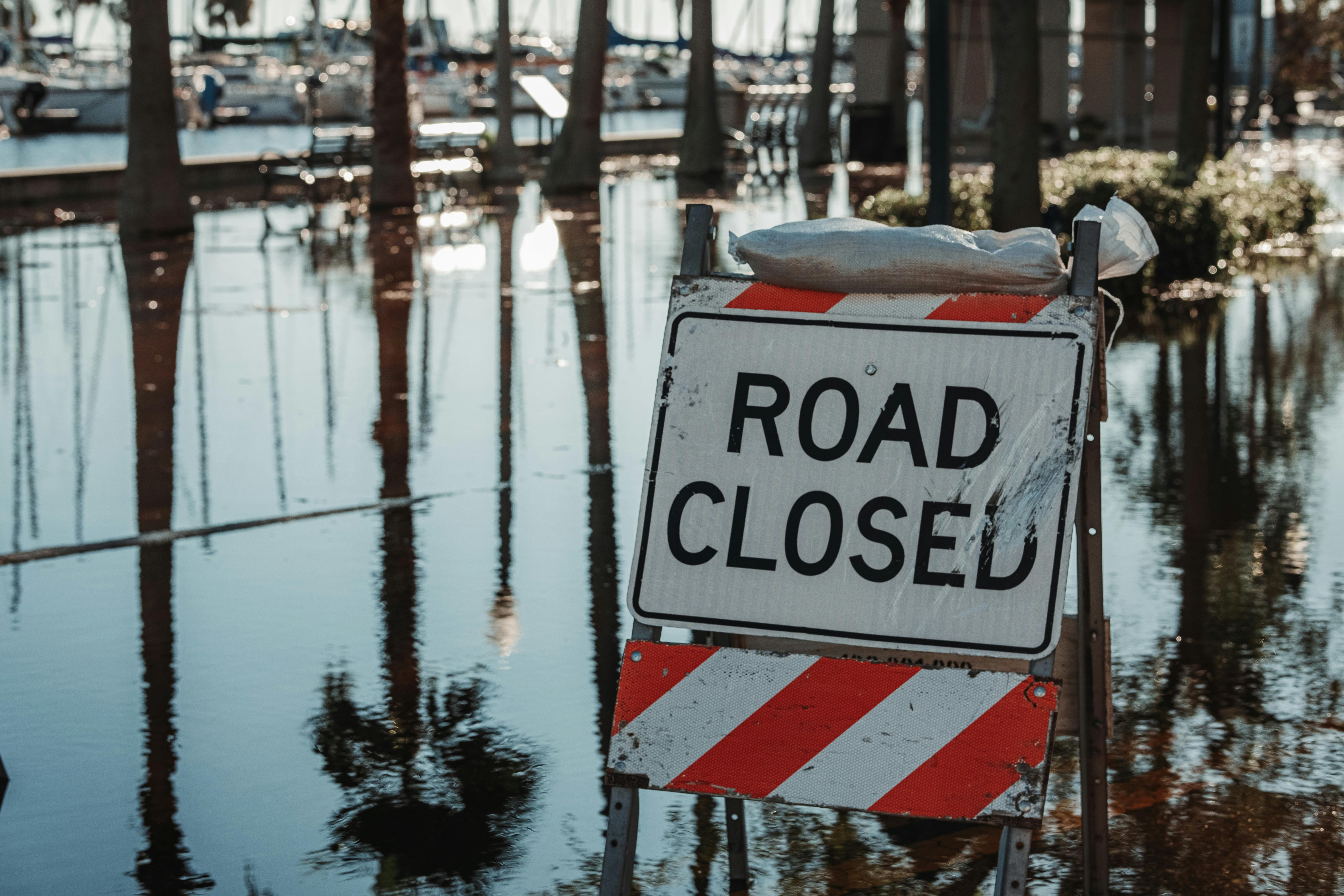
Warning Signs of Flooding
1. Flood Watch and Flash Flood Watch
The National Weather Service issues a flood watch when conditions are favorable for flooding. A flash flood watch is issued when intense rainfall or rapidly rising water is expected.
2. Flood Warning and Flash Flood Warning
A flood warning indicates that flooding is imminent or already occurring. A flash flood warning means immediate action is necessary to stay safe.
3. Flood Statement
Flood statements provide updates on ongoing flood events, including water levels and areas affected.
Dangers of Flash Flooding
Flash floods are dangerous due to their speed and unpredictability. Flooded roadways and railroad underpasses can become death traps. Strong winds accompanying a flood event can worsen the situation. Fast moving water can sweep away vehicles, debris, and even people.
In addition, flood waters can hide hazards such as sharp debris, open manholes, or submerged electrical equipment. Driving through flooded roads is especially risky, as just six inches of fast-moving water can knock over a person, and one to two feet of water can sweep away most vehicles. Urban areas with poor drainage can see water levels rise rapidly, stranding people and causing property damage.
Flash flood fatalities often occur because people underestimate the power of fast-moving water. It is critical to evacuate promptly and avoid entering flooded areas. Always heed warnings and move to higher ground immediately if you are in a flood-prone area.
Safety Tips During Flooding
1. Evacuate to Higher Ground
If you’re in a designated watch area, move to higher ground immediately. Avoid flooded roads and creeks.
2. Stay Informed
Keep updated through the National Weather Service. Have extra batteries for your radio and flashlights.
3. Turn Off Electrical Equipment
If flood waters threaten your home, turn off electrical equipment to prevent damage and hazards.
The Role of Storm Drains
Storm drains play a vital role in draining excess water during floods. However, urban storm drains can become overwhelmed during heavy rainfall, especially in areas with poor drainage.
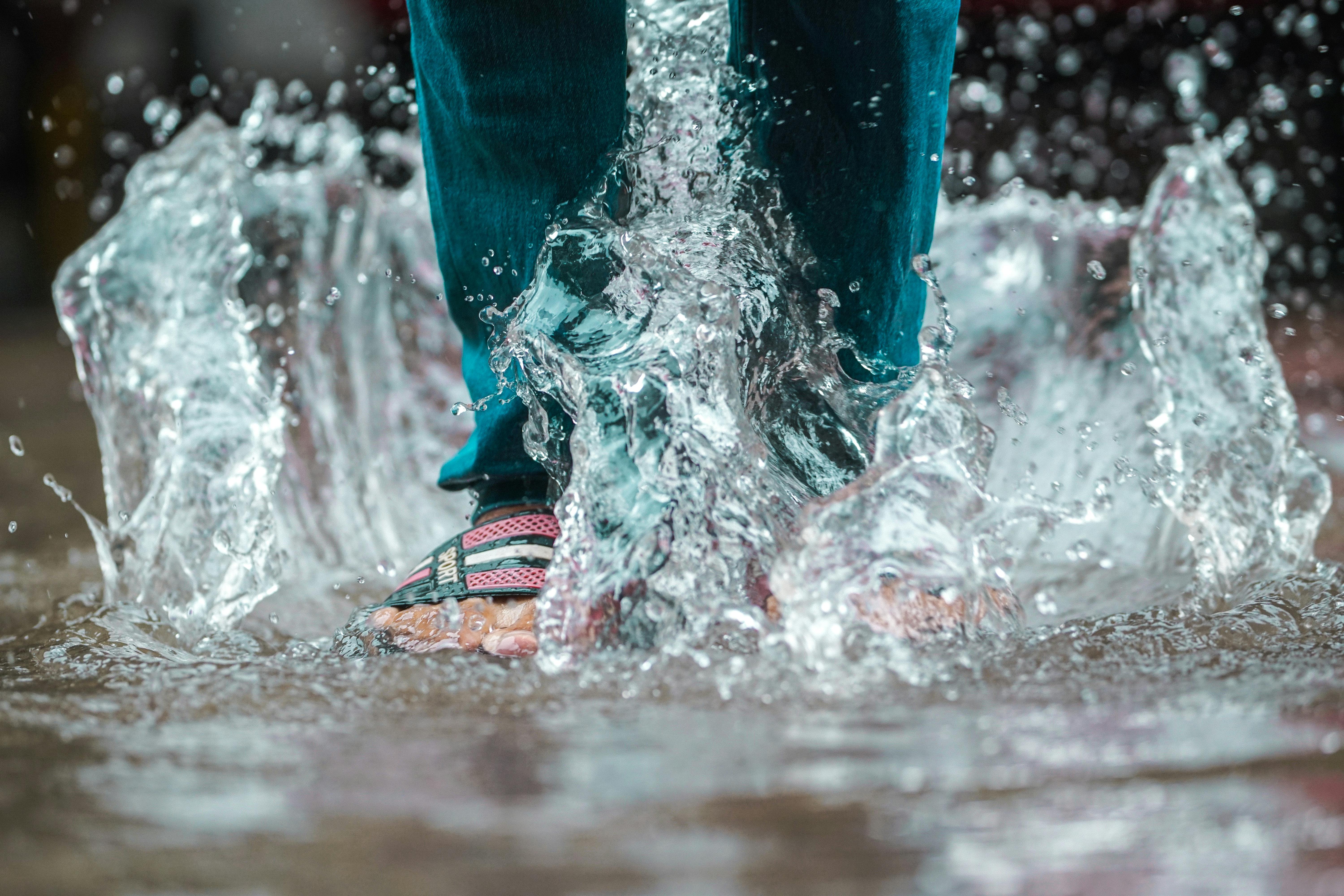
How Long Does It Take Flood Waters to Recede?
Flood waters generally take several hours to a few days to subside. In severe cases, where rivers exceed flood stage, it may take weeks for the water to return to normal levels. The speed depends on factors like ground saturation, drainage systems, and weather conditions.
Flash floods typically recede within hours, as they are driven by sudden, intense rainfall or the rapid release of water from a source like an ice jam. However, the aftermath can leave urban areas and roads unusable due to debris, standing water, and damaged infrastructure.
Longer-lasting floods, such as those caused by rivers overflowing their banks, are influenced by the volume of water entering the river system and the capacity of the surrounding terrain to absorb or drain the water. Low lying areas with clayey soils retain water for extended periods, prolonging the receding process. Additionally, poor drainage systems in urban areas can extend the duration of flooding even after rain has stopped.The Importance of Flood Insurance
Flood insurance helps cover flooding-related damages that regular policies may not include. It’s crucial for people living in flood-prone areas.
Preparing for Future Floods
1. Understand Flood Areas
Know whether your location is in a flood-prone zone. Urban areas and low lying areas are particularly vulnerable.
2. Maintain Storm Drains
Clear urban storm drains and check for blockages to help water drain efficiently.
3. Monitor Weather Updates
Follow flood statements and flood watches issued by the National Weather Service.
4. Stay Aware of Poor Drainage Areas
Avoid traveling or building in areas with poor drainage, as they are more likely to experience prolonged flooding.
How Floods Impact Infrastructure
Flooded roads, small streams, and other structures can suffer significant damage during floods. Creeks and rivers rise quickly, causing damage to bridges, buildings, and electrical equipment.
Conclusion
Flooding’s duration depends on factors like rainfall, drainage systems, and terrain. Flash floods and heavy rains can cause immediate damage but often subside quickly. Long-term floods, caused by overflowing rivers, can last for weeks. Stay prepared by monitoring flood warnings, maintaining storm drains, and securing flood insurance.
By understanding how long flooding takes to go down and taking preventive steps, you can protect yourself, your family, and your property from the dangers of flooding.
Visit your nearby local emergency responder or contact us today for more information.
Table of Contents
EXCELLENTVerified A straight up honest broker who knows his stuff. Excellent communication and very helpful problem solving our mold issuePosted onVerified Giving Eric a 5-star review, and we haven't even started any work yet. He came to gave us his professional opinion and quote to address a mold issue in our house. He is clearly very knowledgeable. His opinion was wildly different than the previous estimate we received, from an agency that wanted to charge us about 4 times as much. He did a much more thorough assessment, and explained his reasoning for why he felt that our issue wasn't as extreme as the previous agency. He even gave us some suggestions as to how we could address our issue on our own, if need be. He doesn't appear "out to get you"... there are a lot of companies that work off the "mold is gold" motto, but he doesn't seem to be one of them. If we end up going with him for the job, we'll update the review... but, I was just so happy and relieved with his approach, estimate, knowledge, and his overall professionalism. Glad there are still people like this out there!Posted onVerified Eric and his team were prompt and professional. From diagnosis through cleanup they were very thorough.Posted onVerified Above and beyond expectations. Eric and his team were not only helpful, kind, and relatable to our issues, they were extremely professional and reliable. Always answered our calls. Showed up on time with great attitudes. Respected our home. Most importantly, got the job done in a fast and timely manner. Can't recommend enough.Posted onVerified We had a leak under the kitchen sink and called another company first. We were told there is mold and they would have to tent the area to remove it and that we'd also need a whole new cabinet. Of course, it was pretty expensive and they said we couldn't use the kitchen for a couple weeks. Feeling it's always wise to get more than one estimate, I called Preferred Restoration as they had excellent reviews. Eric replied promptly and came out to look things over. He felt the mold wasn't bad enough to require a tent and also felt a whole new cabinet was not required. Needless to say, we accepted his estimate immediately and the work was done in a professional manner. (They don't do the carpentry work, but can make a recommendation.) I highly recommend Preferred Restoration. I believe it's an honest company with skilled professionals.Posted onVerified Eric the owner was great to work and keep me informed the entire time that the moisture was being removed from my home. Highly recommend Eric and his team for any job!Posted onVerified Right from the start I knew I was going to be in good hands with this company. The response time was super quick and getting Eric to come out to my home to assess the situation was quicker than expected. Eric was very knowledgeable and answered all my questions thoroughly. He took his time to listen to all my concerns to carefully address the issues in my home. He made a stressful situation feel less stressful and manageable. I definitely recommend this company and will contact Eric if needed in the future. Thanks again Eric!Posted onVerified We discovered a mold issue in one of our bedrooms and reached out to Preferred Restoration Services for guidance. Eric was extremely helpful in helping us navigate what needed to be done since we had no experience with this type of issue. He shepherded us through the process and helped us understand every step that needed to be performed. He referred us to a couple of contractors which we used for plumbing and testing and they were also excellent. This was helpful so that we didn't have to figure out who else we needed to work with and vet them as well. Everyone from Preferred Restoration Services was very professional, communication was excellent, and customer service was outstanding. We had a lot of questions and they were all answered very quickly. I highly recommend Preferred Restoration Services for any damage restoration needs.Posted onVerified Preferred Restoration is the best service in town! If you want quality, fair pricing & guidance, call Preferred Restoration! Ask for Eric, he is very helpful and quick.Posted onVerified We had an issue with a sewer line that leaked and potentially needed some soil remediation under the house. I gave Eric a call and made an appointment for the next day for him to come out and assess the situation. Throughout the process his communication was great and he was on time (even gave me a call to let me know he was on his way). He went above an beyond to even check inside the house for potential water damage/mold. We did not have to move forward with any remediation. I appreciate Eric's communication, thoroughness, and HONESTY. We will keep his contact if we need any work in the future. I highly recommend Eric and Preferred Restoration!
Table of Contents
EXCELLENTVerified A straight up honest broker who knows his stuff. Excellent communication and very helpful problem solving our mold issuePosted onVerified Giving Eric a 5-star review, and we haven't even started any work yet. He came to gave us his professional opinion and quote to address a mold issue in our house. He is clearly very knowledgeable. His opinion was wildly different than the previous estimate we received, from an agency that wanted to charge us about 4 times as much. He did a much more thorough assessment, and explained his reasoning for why he felt that our issue wasn't as extreme as the previous agency. He even gave us some suggestions as to how we could address our issue on our own, if need be. He doesn't appear "out to get you"... there are a lot of companies that work off the "mold is gold" motto, but he doesn't seem to be one of them. If we end up going with him for the job, we'll update the review... but, I was just so happy and relieved with his approach, estimate, knowledge, and his overall professionalism. Glad there are still people like this out there!Posted onVerified Eric and his team were prompt and professional. From diagnosis through cleanup they were very thorough.Posted onVerified Above and beyond expectations. Eric and his team were not only helpful, kind, and relatable to our issues, they were extremely professional and reliable. Always answered our calls. Showed up on time with great attitudes. Respected our home. Most importantly, got the job done in a fast and timely manner. Can't recommend enough.Posted onVerified We had a leak under the kitchen sink and called another company first. We were told there is mold and they would have to tent the area to remove it and that we'd also need a whole new cabinet. Of course, it was pretty expensive and they said we couldn't use the kitchen for a couple weeks. Feeling it's always wise to get more than one estimate, I called Preferred Restoration as they had excellent reviews. Eric replied promptly and came out to look things over. He felt the mold wasn't bad enough to require a tent and also felt a whole new cabinet was not required. Needless to say, we accepted his estimate immediately and the work was done in a professional manner. (They don't do the carpentry work, but can make a recommendation.) I highly recommend Preferred Restoration. I believe it's an honest company with skilled professionals.Posted onVerified Eric the owner was great to work and keep me informed the entire time that the moisture was being removed from my home. Highly recommend Eric and his team for any job!Posted onVerified Right from the start I knew I was going to be in good hands with this company. The response time was super quick and getting Eric to come out to my home to assess the situation was quicker than expected. Eric was very knowledgeable and answered all my questions thoroughly. He took his time to listen to all my concerns to carefully address the issues in my home. He made a stressful situation feel less stressful and manageable. I definitely recommend this company and will contact Eric if needed in the future. Thanks again Eric!Posted onVerified We discovered a mold issue in one of our bedrooms and reached out to Preferred Restoration Services for guidance. Eric was extremely helpful in helping us navigate what needed to be done since we had no experience with this type of issue. He shepherded us through the process and helped us understand every step that needed to be performed. He referred us to a couple of contractors which we used for plumbing and testing and they were also excellent. This was helpful so that we didn't have to figure out who else we needed to work with and vet them as well. Everyone from Preferred Restoration Services was very professional, communication was excellent, and customer service was outstanding. We had a lot of questions and they were all answered very quickly. I highly recommend Preferred Restoration Services for any damage restoration needs.Posted onVerified Preferred Restoration is the best service in town! If you want quality, fair pricing & guidance, call Preferred Restoration! Ask for Eric, he is very helpful and quick.Posted onVerified We had an issue with a sewer line that leaked and potentially needed some soil remediation under the house. I gave Eric a call and made an appointment for the next day for him to come out and assess the situation. Throughout the process his communication was great and he was on time (even gave me a call to let me know he was on his way). He went above an beyond to even check inside the house for potential water damage/mold. We did not have to move forward with any remediation. I appreciate Eric's communication, thoroughness, and HONESTY. We will keep his contact if we need any work in the future. I highly recommend Eric and Preferred Restoration!

